Beaver Bay is the oldest white settlement along the North Shore of Lake Superior. It was established in 1856 — two years before Minnesota became a state. That year, the Wielands, five brothers from Germany, arrived in Minnesota with their families. They became the first white settlers in the area and started a sawmill along the Beaver River. Ten years later, the town grew to become the county seat of Lake County. Lumber was king in the area well into the 1900s. Commercial fishing came in a close second, sustaining generations along the shore of the big lake.
Ojibwe Burial Ground
The Anishinaabe called the north shore home for many generations before white pioneers arrived and created settlements. Their history is more difficult to find among the restaurants and shops that have sprung up on the land they nurtured for centuries, and there usually isn’t a marker pointing it out.
Just a short walk up a steep hill on the edge of town is a traditional Ojibwe cemetery. The first burials here took place about 1865. You’ll find several of the Beargrease, Wishoop, and Yellowbird families here, along with members of the Bluesky, Boyer, Estain, Grasshopper, and Morrison families. Descendants from these families continue to make the north shore their home.
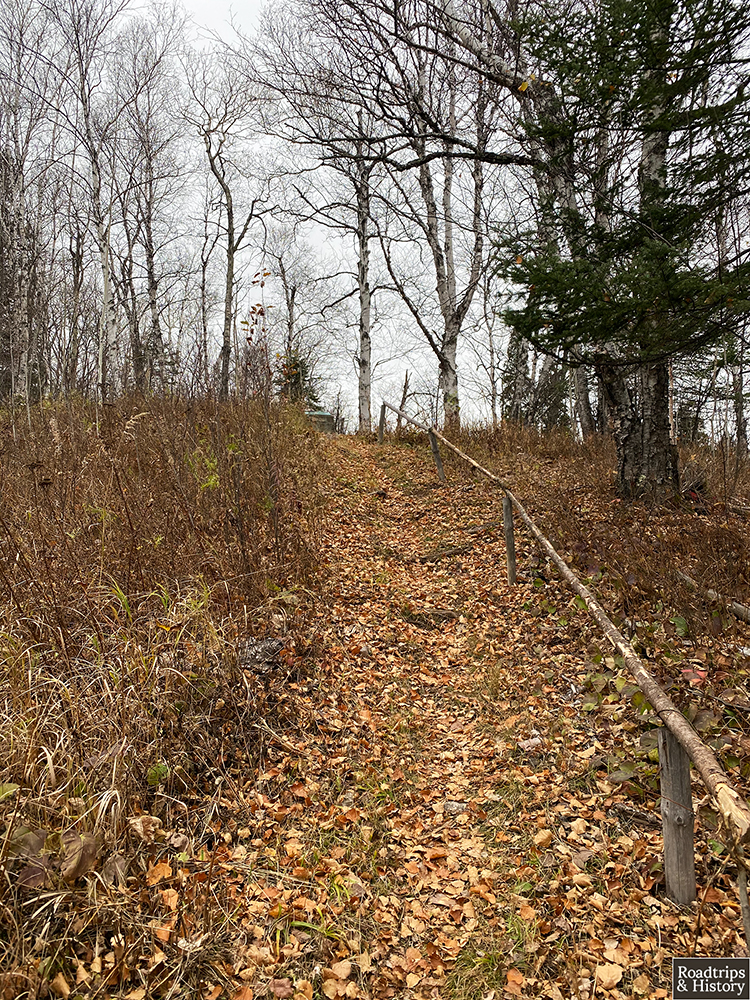
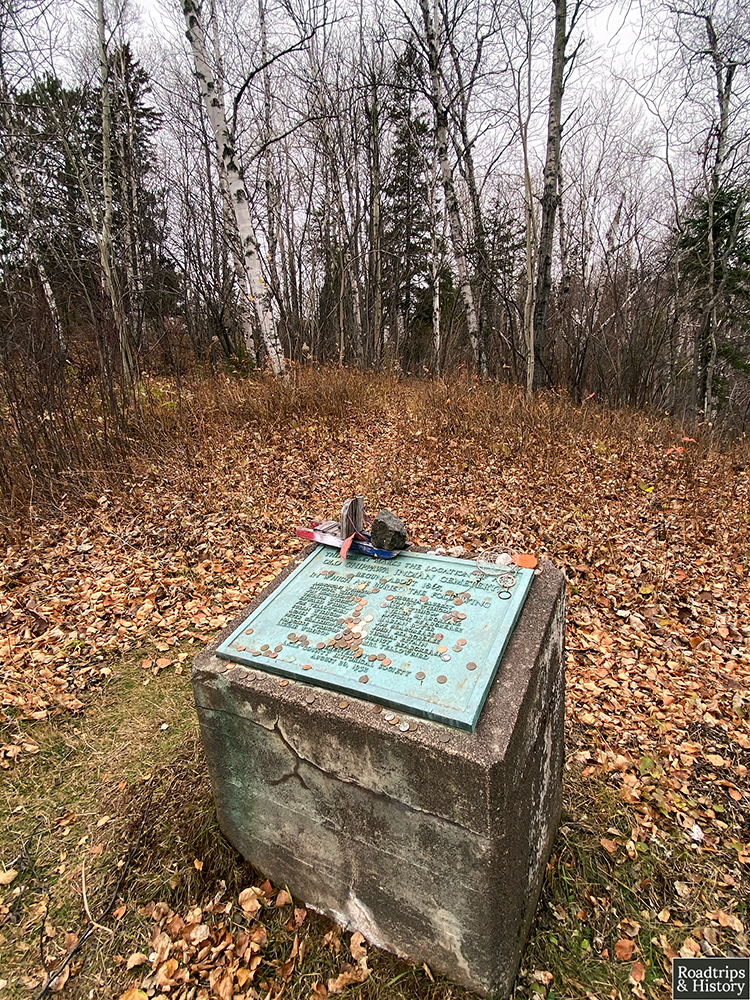
John Beargrease
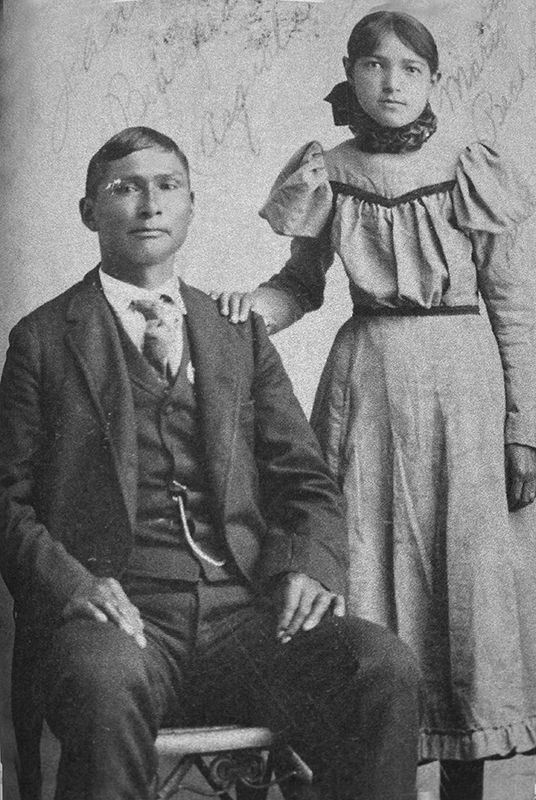
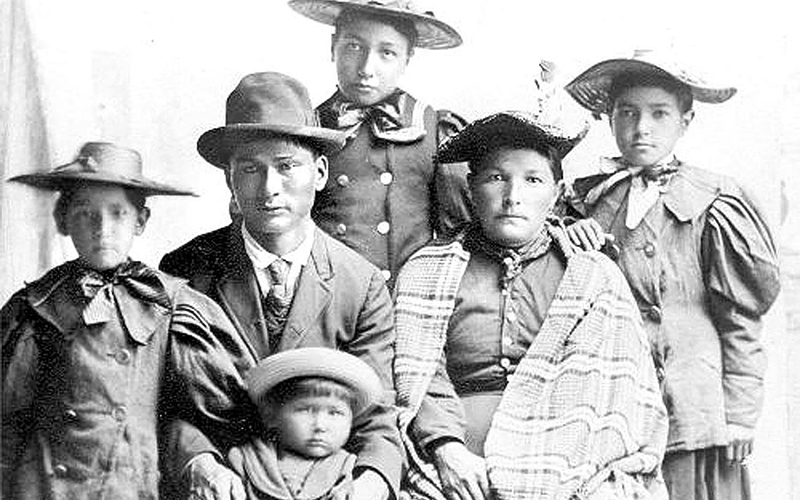
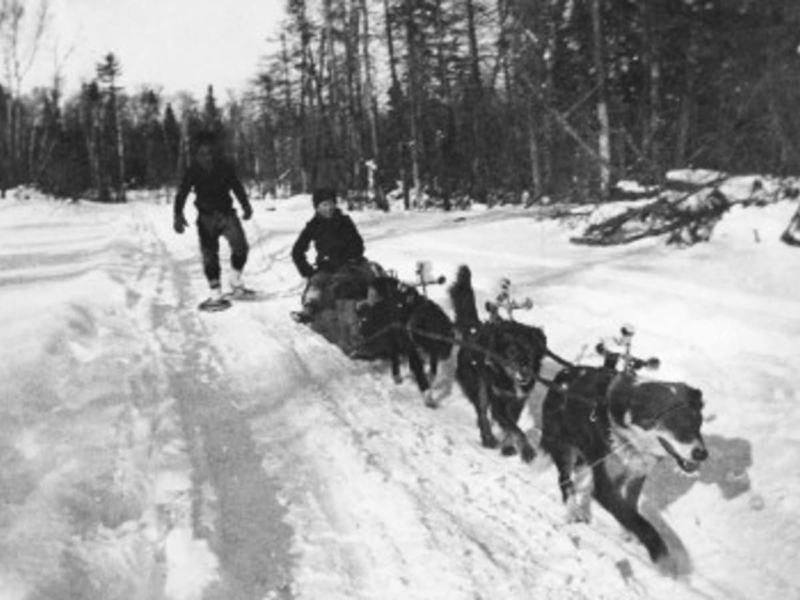
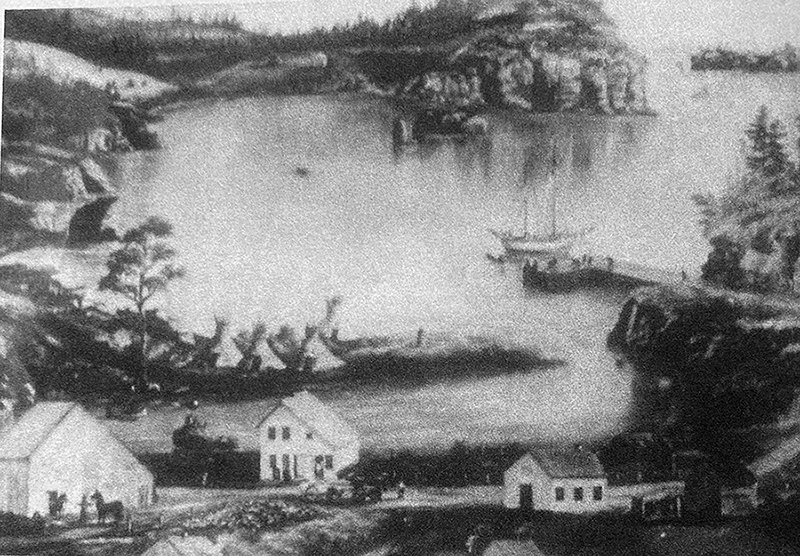
John Beargrease’s story began in a wigwam on the outskirts of Beaver Bay in about 1858. The son of an Anishinaabe Chief, Beargrease grew up fishing, hunting, and trapping along the north shore with his father and two brothers. By the time he was in his twenties, several small settlements had sprung up along the north shore. The train from Duluth only went as far as Agate Bay (now Two Harbors), so people further up the shore had a hard time sending and receiving mail. Beargrease made regular trips down the shore trapping and trading. He began grabbing the mail in Agate Bay and delivering it as he traveled up and down the shore.
By 1879, Beargrease was making trips for the mail and delivering it all the way to Grand Marais once or twice per week. He delivered the mail by canoe in warmer months and by dogsled in the winter. His fastest dogsled trip from Agate Bay to Grand Marais (with a load of about 700-pounds of mail) took just under 28 hours. In the summer, he could make the same trip by boat in about 20 hours.
Beargrease made his last mail delivery on April 26, 1899, using a horse and buggy instead of a canoe or dogsled. He continued his successful trading business along the north shore and making his home in Beaver Bay. John Beargrease died in 1910 and is buried with many of his family at the Ojibwe Burial Ground in town.
Old Beaver Bay Water Tower
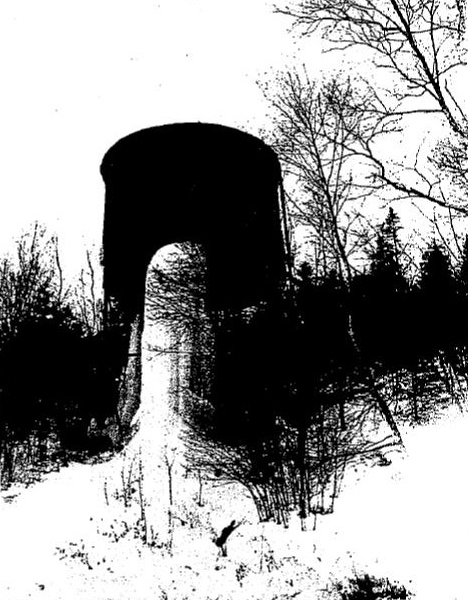
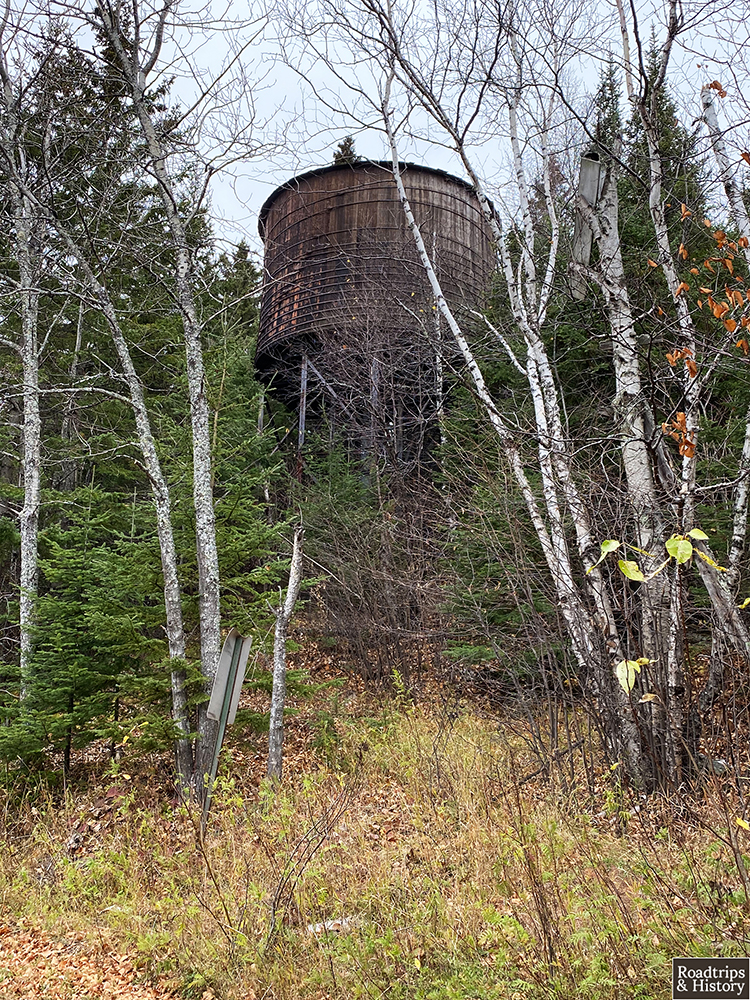
Located in a wooded area just across the street from the residential area of Beaver Bay is one of the few remaining wooden water towers. It was initially built for the Soo Line Railroad and located in Markville, MN. It was moved to Beaver Bay in 1956 and used until 1982. Since then, the city has been looking for a way to preserve the tower and the 50,000-gallon tank.
